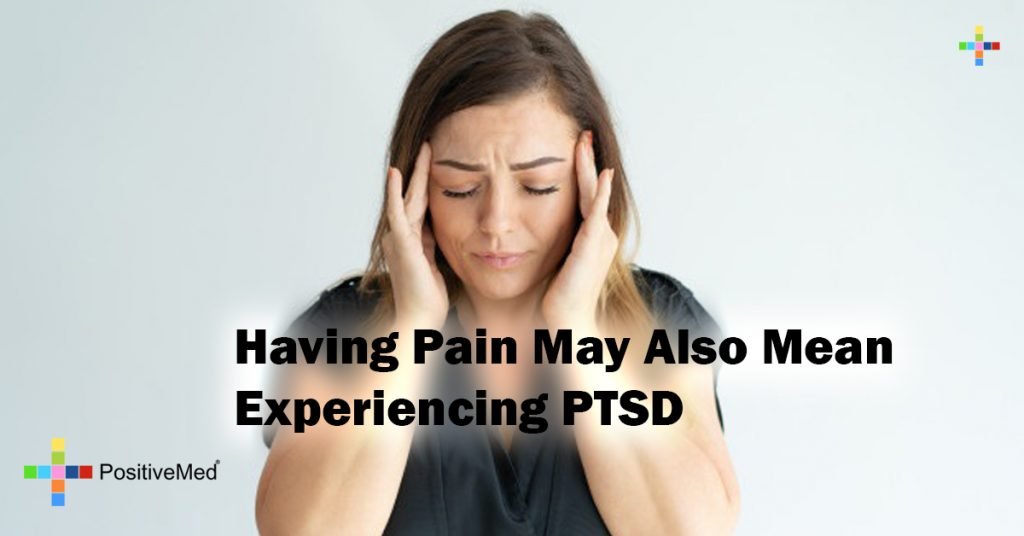
Having Pain May Also Mean Experiencing PTSDBy: Dr. Peter Abaci
It has been well understood for quite some time now that the continuous or chronic experience of pain is often associated with significant mood changes. In particular, the incidence of depression accompanying chronic pain has been widely considered to be quite high. What we are now starting to learn is that not only are a lot of our patients struggling with concurrent depression but a significant subgroup of our more challenging and complicated patients also have underlying signs of post-traumatic stress disorder (PTSD). Because of the wars in Afghanistan and Iraq over the last decade, both mental health clinicians as well as the public have become more aware of PTSD in the general population. Still, it seems that there is still a lack of awareness that pain can lead to significant PTSD symptoms and that the PTSD needs to be treated as part of a successful pain management plan.
What is PTSD? PTSD is a disorder triggered by an outside event that is usually threatening or potentially harmful. Examples of triggers include natural disasters like tornadoes, terrorist attacks, and sexual assault. Symptoms of PTSD include flashbacks, emotional detachment, and a constant feeling of jumping out of your skin.

What causes PTSD? Stressful events don’t always lead to PTSD, but typically the more traumatic the event, the more likely it will precipitate PTSD.
How is PTSD connected to chronic pain? It is now believed that PTSD commonly occurs in association with chronic pain. In fact some studies find the incidence to be as high as 50%. The reasons for the strong connection are still not fully understood and there are several proposed theories. We see a variety of possible connections in our own practice including PTSD being triggered by an accident or injury or in other cases the experience of pain triggers a memory to a past injury or event that brings on a cascade of new PTSD symptoms. In other cases, treatments, like a surgery for example, can bring on or exacerbate PTSD.
What are the best treatment options? In general, treatments that help bring down the hypersensitivity of the nervous system can help reduce symptoms. Improving the management of PTSD can significantly help with other aspects of pain management. For example, treating PTSD may help decrease fears of re-injury and lead to more effective physical therapy results. EMDR is one method of treating PTSD that we are finding increasingly helpful. EMDR stands for Eye Movement Desensitization and Reprocessing.
What is EMDR? An image, thought and physical sensation associated with a traumatic event are identified and paired with eye movements, or other forms of stimulation. The brain begins to “digest” the experience as new associations are made. This reprocessing of the brain’s memory leads to reductions in physical symptoms and thereby improves a patient’s well-being.If you or someone you know is in pain and not getting better, then consider a consultation with a mental health professional for an assessment of signs of PTSD.
 Painreliefrevolution.com
is dedicated to chronic pain sufferers. Founded by Dr. Peter Abaci, he and the rest of the team of experts work together to bring members information on many chronic pain conditions and treatment options.
Painreliefrevolution.com
is dedicated to chronic pain sufferers. Founded by Dr. Peter Abaci, he and the rest of the team of experts work together to bring members information on many chronic pain conditions and treatment options.







